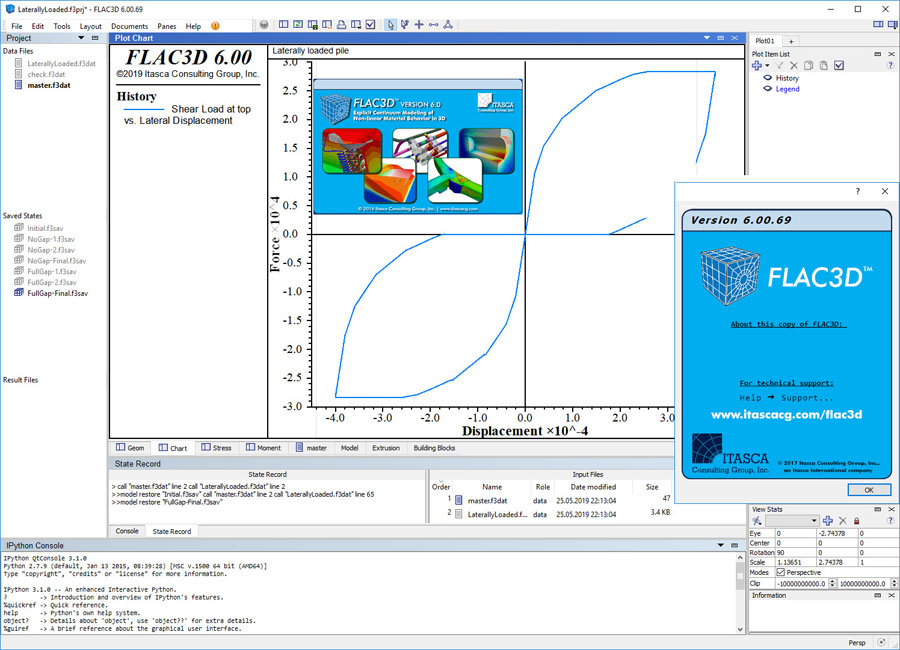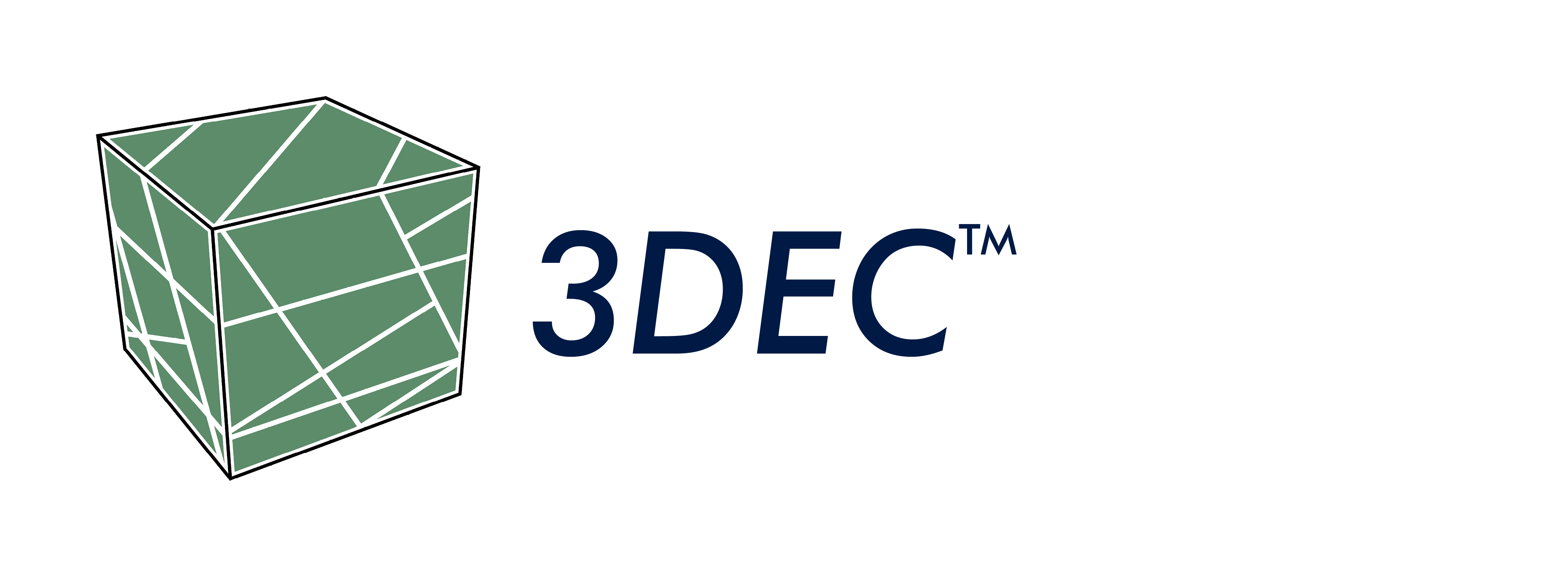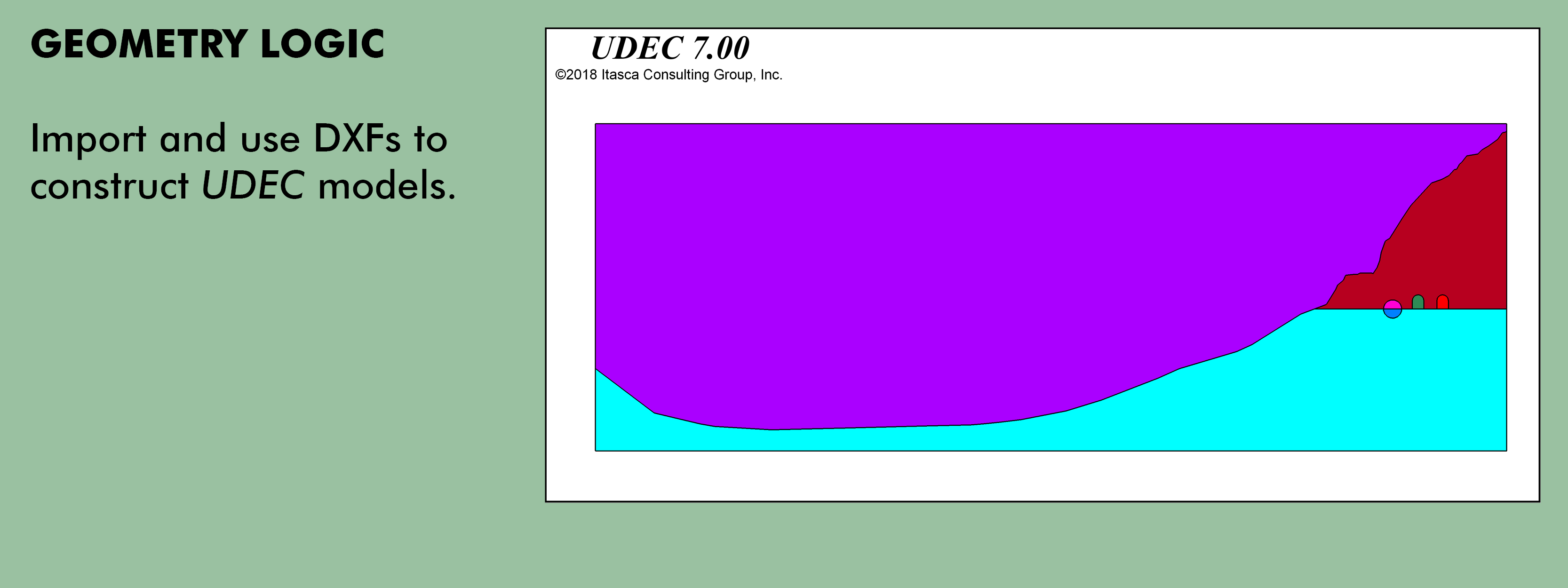
However, it is possible to simulate this scenario by creating continuous joints and defining joint properties and intact rock properties intermittently along their length. Blocks may also be hidden (and later shown) to remove them from a joint generation stage.Discontinuous joints can be generated by specifying the mean gap between each joint segment and their trace length.īy default, all joint segments terminating within a block will be deleted once the blocks are zoned or model calculations begin. Joint generation can be limited to selected portions of the model by defining a limiting range. In addition to a mean value, the maximum random deviation from the mean (for uniform probability distribution) can be specified. Statistical Joint-Set GeneratorThe joint generator in UDEC define a joint-set in terms of its angle (CCW from the x-axis), gap length, spacing, trace length and origin. These cracks are normally used to define excavation boundaries and to provide zone density control.

Voronoi tessellation generator.In addition, any joint can be welded (joined) together to create construction joints while minimizing their effects on the model behavior. īasic shapes (e.g., circle, arc, line, box, etc.). JointsJoints or discontinuities can be defined in UDEC with commands, FISH functions or interactively using the graphical user interface via.

Blocks can be subsequently edited to move, insert or delete points interactively or a table of point coordinates. In this latter case, the joints are fictitious entities (i.e., construction joints) and their presence should not influence model results.īlocksThe initial block(s) can be defined as a simple rectangular box or circular domain, using a reference image (.), as a table of coordinates or importing a formatted ASCII data file of UDEC blocks (.dat).

This cutting process is termed collectively as joint generation however, “joints” represent both physically real geologic structures and boundaries of artificial structures or materials that will be removed or changed during the subsequent stages of the UDEC analysis. Then, this block is cut into smaller blocks whose boundaries represent both geologic features and engineered structures in the model. A single block is created first, with a size that encompasses the physical region being analyzed. UDEC is different from conventional numerical programs in the way the model geometry is created.


 0 kommentar(er)
0 kommentar(er)
